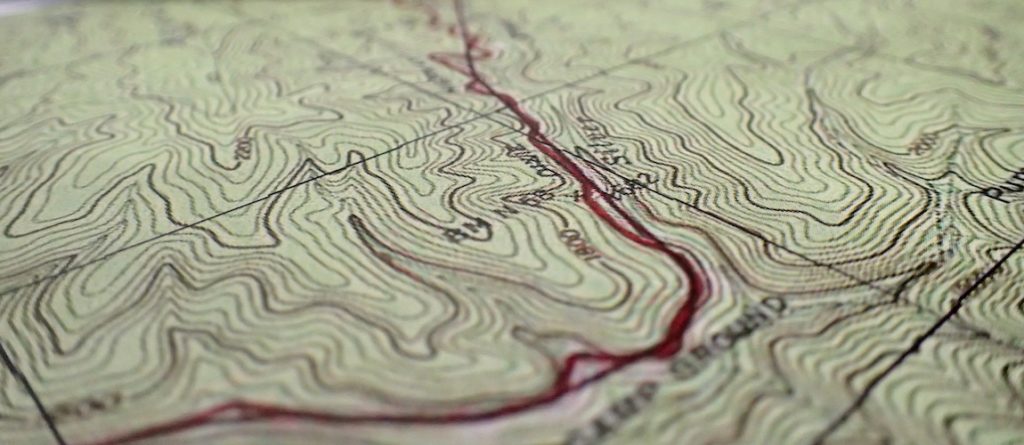
On February 8th, Earl Tilton with Lodestar Professional Services taught an 8-hour NASAR class titled “Search and Rescue Initial Actions” for the RAT-SAR crew. The class is designed for first responders who may be the first on the scene when a dementia patient, lost child etc. has wandered off.
The first few hours of any lost person incident are very critical. Very important decisions can be made that will greatly increase the probability of a happy outcome. We covered many topics from getting the initial report, developing the subject’s profile, and determining search urgency, all the way to performing an after-action analysis and preparing for the next mission.
Hugh Coffee used to say “The way you lay the hose determines how you will fight the fire.” The same applies to Search and Rescue. Gathering information and determining the best course of action early on is critical. In my 19 years of law enforcement, I don’t recall ever receiving any training of this type. The class teaches you how to go about putting a plan together quickly to start checking areas of highest probability and having additional resources enroute, instead of just taking the initial report and waiting around for the Incident Command system to all be put in place.
The first half of the class consisted of lecture/discussion and the second half was table top scenarios. This is where we were given maps and took on the role of responding to a missing person call. We were given some information, and some was intentionally left vague. With that we had to come up with a plan that was discussed in class once the 30-minute time limit was up.
One key resource we were allowed to use is Bob Koester’s book Lost Person Behavior. If you aren’t familiar with this book, Bob is one of the biggest names in the Search and Rescue community and has taken countless case studies and compiled all the information into categories such as different age groups, different outdoor hobbies, dementia and special needs persons, hikers, hunters and so on. The book breaks everything down into what action the person will most likely take such as going downhill, going to water, going to a scenic spot. It is all presented in percentages and allows you to look at a map and determine which areas the person is most likely to be found. There is also an app, which makes everything a lot easier and quicker.
I can’t recommend the training enough for public safety, Search and Rescue groups, or anyone with an interest in helping out their fellow man. If you have any questions contact me at patrick@jungletraining.com, or Earl Tilton at LodestarPSLLC@gmail.com.

